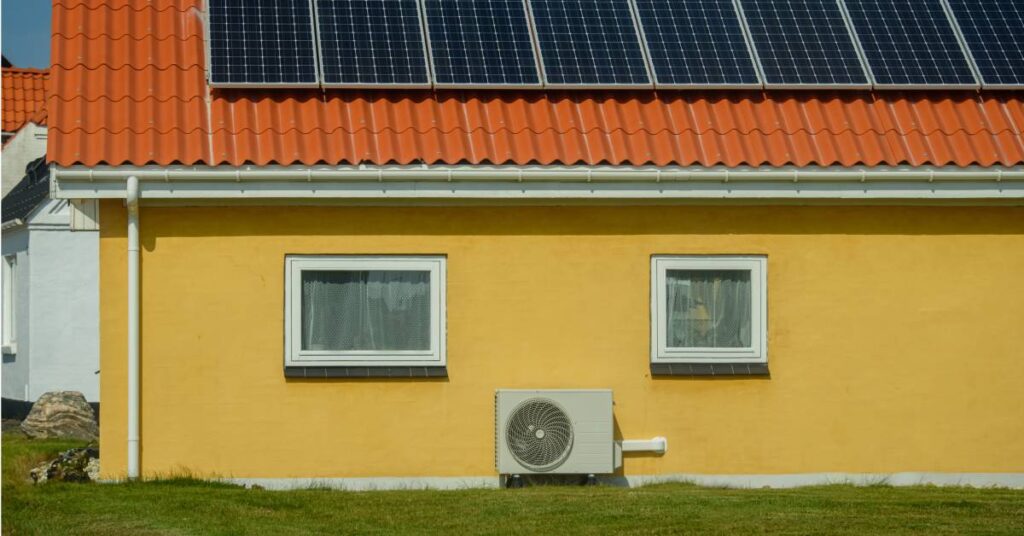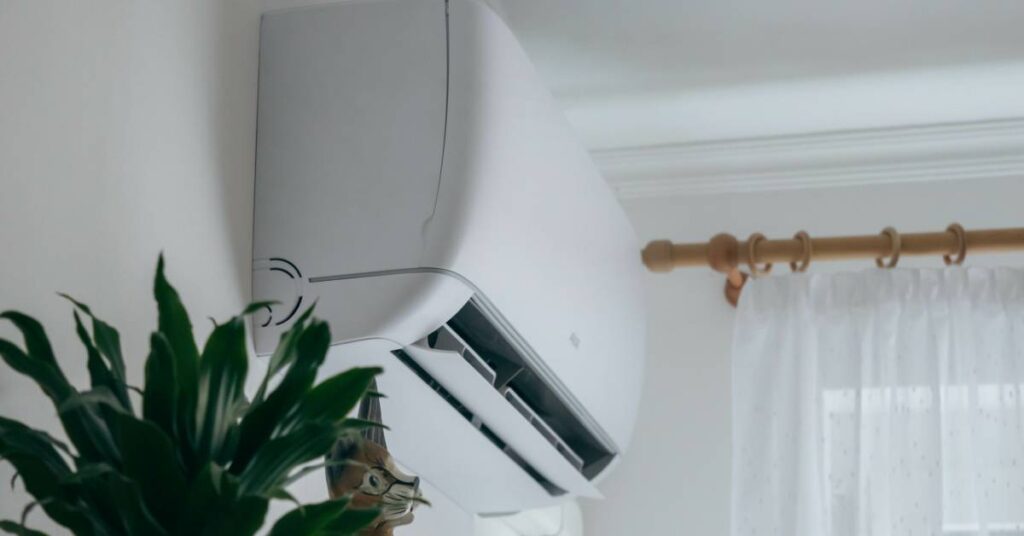Most of us expect our entire house to remain fairly consistent in temperature. Some areas may be a little warmer than others as sunlight hits different parts of the home throughout the day, but the temperature difference shouldn’t be drastic.
If you’ve noticed that some areas of your home are uncomfortably hot while the others stay cool, you’re not alone. Uneven indoor temperatures are common in homes and can make living spaces uncomfortable. Let’s understand why some areas of your house are cool and others hot and how to solve this issue.
Blocked Vents
Vents are essential to your home’s heating and cooling system. They distribute air throughout the house, keeping each room comfortable. If you close or block vents on in one room of your home, the cold air won’t reach these areas as efficiently, resulting in uneven temperatures.
Walk through your home and inspect each vent closely. Ensure no rugs, furniture, or other objects restrict airflow. If vents appear dusty or clogged, cleaning them thoroughly and replacing air filters can significantly improve circulation.
Faulty Ductwork
If the ducts in your home have leaks, gaps, or improper insulation, conditioned air will escape before reaching the intended rooms. This results in less cool air flowing to the other areas, where it’s needed most.
You can do an initial inspection of your ductwork by looking for visible damage or gaps in ducts. However, you should have a professional HVAC technician conduct a thorough inspection and make any necessary repairs. Properly sealing and insulating your ductwork can significantly improve temperature distribution throughout your home and reduce energy costs.
HVAC System Issues

Sometimes, one area of your house may have vastly different temperatures due to problems with your HVAC system. Examples of this include the following.
Outdated HVAC System
An old HVAC system often lacks the capacity to cool a larger home because of outdated technology, and after years of use, specific components may wear down. If your HVAC system is over 10 years old, you may consider upgrading it to a more energy-efficient model with proper ventilation for your home’s size.
Upgrading to a modern system with advanced features like variable-speed motors or smart thermostats can greatly improve cooling efficiency. These systems adjust output based on your home’s needs, ensuring every room stays comfortable.
Too Small of an HVAC System
Incorrect sizing is another common issue that affects many HVAC systems. A system that’s too small may not generate enough cool air to stabilize the temperature throughout your home, leading to noticeable disparities between rooms.
If you suspect your system is too small, consult an HVAC professional for a load calculation. This calculation considers your home’s size, layout, insulation, and airflow requirements to determine the proper system capacity.
Wrong Type of System
Some homeowners have a single-zone system, meaning they only have one thermostat to control the temperature for all of the rooms in your home. If there’s a significant temperature difference between rooms, it may be time to consider installing a multi-zone system with separate thermostats for different areas or rooms. This allows you to set individual temperature settings for each room and save money on energy costs by only heating or cooling areas that need it. If there is one area of the house that gets way more sun and is sweltering as a result, you may want to consider a ductless wall unit for that area. This can augment your primary system and allow the main unit to work efficiently without freezing the rest of the home just to try and keep up with that single hot room.
Pro Tip
Generally, single-zone systems are best for smaller houses, as there’s less space for air to circulate.
Improper Insulation
When making a house, builders place insulation between the walls and rooms to keep the home at a consistent temperature. Properly insulated homes can stay cooler in the summer and warmer in the winter, providing more comfort throughout every room. If you notice significant temperature discrepancies between rooms, have an insulation expert inspect your home for adequate coverage and proper installation.
Pro Tip
If you have an attic, make sure you keep it well-ventilated and insulated. A poorly ventilated attic can trap hot air, leading to higher temperatures in some areas of your home.
Tips for Solving the Issue
Knowing why some areas of your house are cool and others hot is only half the battle. Implementing these tips and solutions can help you create a more comfortable living space for everyone in your home.
Check All Home Areas
The first step to resolving home temperature irregularities is thoroughly inspecting all areas in your home. Windows and doors are common culprits for drafts that create uneven indoor temperatures because outside air can seep through cracks or gaps along them. Check for these and issues with weather stripping and repair any noticeable damage.
As you inspect your home, verify that all your vents work properly. To check this, turn on your air conditioning and feel the air coming out of each vent. If one isn’t working, contact an HVAC professional for a more in-depth look.
Invest in a Ductless System

Sometimes, temperature differences aren’t directly due to your HVAC system. For example, a front sitting room with floor-to-ceiling windows may feel warmer during the day than a back bedroom with smaller, sun-facing windows. This is because sunlight is a powerful source of heat and can significantly impact the temperature in a room.
A ductless system can be a great option to address these issues since it targets smaller areas, such as a single room. This means each room can have a separate unit to address specific temperature needs, allowing for more precise cooling control.
Hire a Professional
If drafts, insulation, and airflow issues don’t resolve your home’s temperature inconsistencies, it may be time to consult an HVAC professional. Trained experts possess the knowledge and tools to thoroughly investigate the underlying cause of the irregularities. They can evaluate your heating and cooling systems, detect inefficiencies, and recommend tailored solutions.
Professionals can also identify whether you have the correct size of the HVAC system based on your home’s size and layout. Moreover, you can ask the HVAC technician whether a ductless system would mitigate temperature differences in your home.
Contact Us
Style Crest is your trusted HVAC partner in Melbourne, FL, and the surrounding area. We offer easy scheduling, same-day service, and service for all HVAC makes and models. We also have air conditioning installation contractors who can place a new unit in your home so the house is always at a comfortable temperature. Our friendly and knowledgeable technicians are happy to help you resolve any issues with your home’s temperature inconsistencies. Contact us today to set up your service.